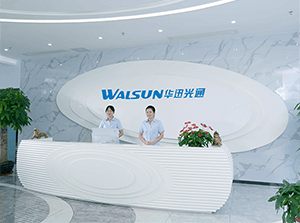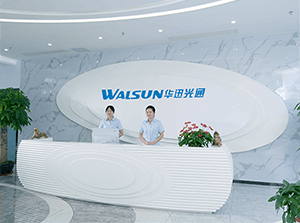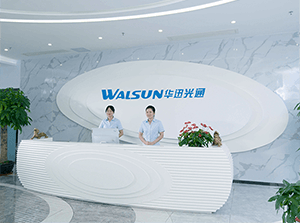PRODUCTS

- QSFP, which stands for Quad Small Form-Factor Pluggable, is a compact and high-density transceiver module used in data communication and telecommunications applications. The primary function of QSFP modules is to provide high-speed, high-bandwidth connectivity between networking equipment, such as switches, routers, and servers, within data centers and other networking environments. Here are some1411

- As of my last knowledge update in January 2022, there is no specific information about "OM2" and "OM1" in a context that would provide a clear answer to your question. The terms "OM2" and "OM1" could refer to various things in different domains (e.g., technology, products, protocols, etc.).If "OM2" and "OM1" refer to specific versions or1239

- CWDM (Coarse Wavelength Division Multiplexing) and DWDM (Dense Wavelength Division Multiplexing) are both technologies used in fiber optic communication systems to increase the capacity of the network by multiplexing multiple optical signals onto a single fiber. The main difference between the two lies in the spacing between the wavelengths used.CWDM typically multiplexes a small number of wavelen1196

- The speed of a QSFP (Quad Small Form-factor Pluggable) transceiver depends on the specific standard or generation of QSFP module being used. Different QSFP modules support various data rates to accommodate the increasing demand for higher-speed networking. Here are some common QSFP data rates: QSFP:The original QSFP modules supported data rates up to 40 Gbps. These modules are commonly referr1273

- The QSFP (Quad Small Form-factor Pluggable) and CFP4 (C Form-Factor Pluggable 4) are both types of transceiver modules used in high-speed data communication applications, such as in data centers and telecommunications networks. However, there are several key differences between the two:1.Size: QSFP modules are smaller in size compared to CFP4 modules. The QSFP module measures 18mm x 72mm, while th2010


 CHS
CHS Walsun Mall
Walsun Mall










